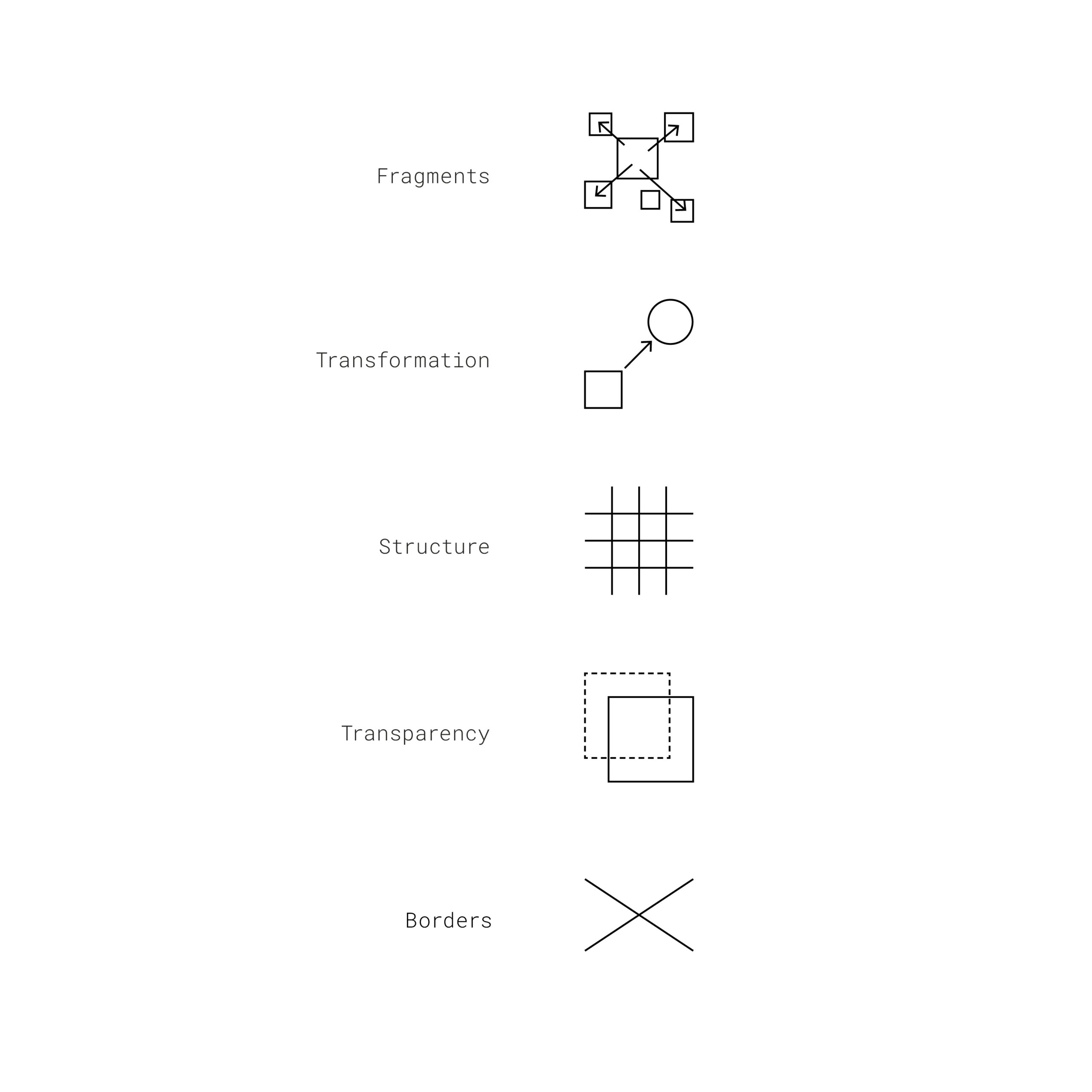Fragments
Common Identities
Migration as characteristic, consequence and origin of the Middle East conflict is a phenomenon that unites all ethnic groups of the region.
With growing anti-Semitism at the beginning of the 20th century, the Zionist project strengthened and a increasing flight and mass migration to Palestine took place.
After the end of the Second World War, Jews all over the world considered themselves survivors and saw their very existence threatened. The Holocaust (Shoah, heb.: catastrophe) made a refuge for Jews an existential condition.
The riots in Palestine in the 1940s led to the first Israeli war of independence, which resulted in the displacement of Arabs to the West Bank (Nakba, arab: catastrophe), to Gaza and the surrounding Arab states.
Both Jews and Arabs have always based their actions on their suffering and forced migration, which made both sections of the population a fragmented people’s structure. Fragments, as a unifying characteristic of both folk myths, can be a strong motif for a society that has accepted and overcome the past.
Transformation
Future-ready
The option for change, that is given in the proposed political system with the Rules Council should also be made possible spatially. A transformative process in the political system as well as in the building is promoted by the construction and a predefined modularity. The spatial merges with the concept of function. Based on the concepts of the Japanese metabolists from the 1960s and their demand for an adaptable architecture that evolves away from the statically immutable towards an architecture that is adapted to needs, the concept provides to create the framework conditions for the greatest possible flexibility and simple transformation , Ambassadors of this architectural understanding, such as Constant Nieuwenhuys, Yona Friedmann, Cedric Price or Archigram, are inspiration for the idea of this design.
Structure
A Metaphor for Permanence
A system of horizontal and vertical elements that are mutually supportive and ensure stability as a whole can be seen as a metaphor for a political system. Only the interaction of all individual components creates the resilience, which, in contrast to solid components, becomes visible and comprehensible. A structure also stands for honesty and transparency of its static function and is flexible for change.
Transparency
Building Trust
Transparency as a leitmotif of democratic buildings is well used and quite obvious, but still essential when it comes to being accessible to the public, even if this happens only visually. Transparency creates trust in the function that is not hidden behind closed facades.
Borders
Impermanence of Barriers
The topic of openness, not only visual but rather in the experience and accessibility of a building, is one of the most elementary attributes of democratic buildings. Barriers dominate the physical but also the psychological reality of the Middle East conflict. Access to territories or information is largely controlled and restrictive. History has shown that borders and barriers in the spectrum of time lose their meaning and consequence. For the legislative structure in this scenario, barriers need to be avoided and (spatial) boundaries to be dissolved.
